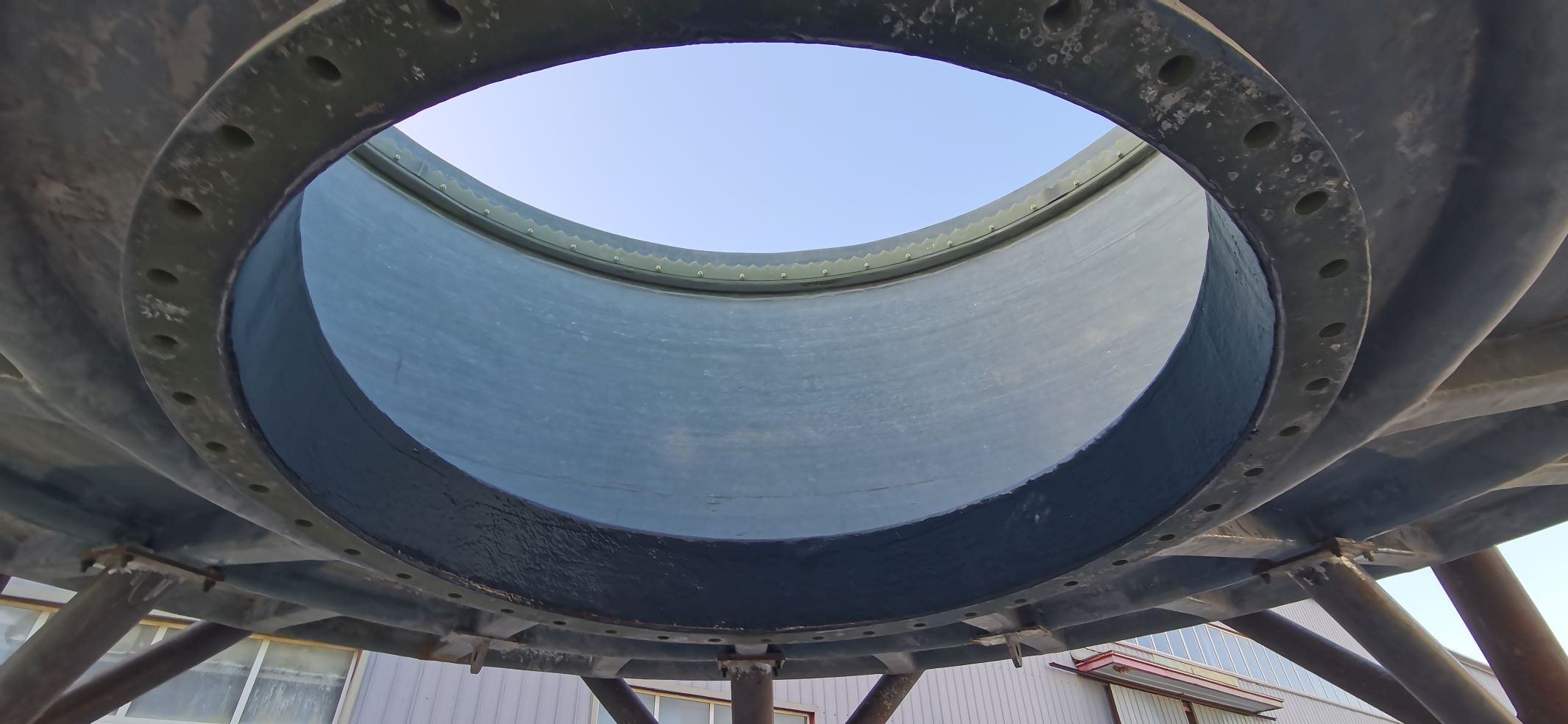
-
 Afrikaans
Afrikaans -
 Albanian
Albanian -
 Amharic
Amharic -
 Arabic
Arabic -
 Armenian
Armenian -
 Azerbaijani
Azerbaijani -
 Basque
Basque -
 Belarusian
Belarusian -
 Bengali
Bengali -
 Bosnian
Bosnian -
 Bulgarian
Bulgarian -
 Catalan
Catalan -
 Cebuano
Cebuano -
 China
China -
 China (Taiwan)
China (Taiwan) -
 Corsican
Corsican -
 Croatian
Croatian -
 Czech
Czech -
 Danish
Danish -
 Dutch
Dutch -
 English
English -
 Esperanto
Esperanto -
 Estonian
Estonian -
 Finnish
Finnish -
 French
French -
 Frisian
Frisian -
 Galician
Galician -
 Georgian
Georgian -
 German
German -
 Greek
Greek -
 Gujarati
Gujarati -
 Haitian Creole
Haitian Creole -
 hausa
hausa -
 hawaiian
hawaiian -
 Hebrew
Hebrew -
 Hindi
Hindi -
 Miao
Miao -
 Hungarian
Hungarian -
 Icelandic
Icelandic -
 igbo
igbo -
 Indonesian
Indonesian -
 irish
irish -
 Italian
Italian -
 Japanese
Japanese -
 Javanese
Javanese -
 Kannada
Kannada -
 kazakh
kazakh -
 Khmer
Khmer -
 Rwandese
Rwandese -
 Korean
Korean -
 Kurdish
Kurdish -
 Kyrgyz
Kyrgyz -
 Lao
Lao -
 Latin
Latin -
 Latvian
Latvian -
 Lithuanian
Lithuanian -
 Luxembourgish
Luxembourgish -
 Macedonian
Macedonian -
 Malgashi
Malgashi -
 Malay
Malay -
 Malayalam
Malayalam -
 Maltese
Maltese -
 Maori
Maori -
 Marathi
Marathi -
 Mongolian
Mongolian -
 Myanmar
Myanmar -
 Nepali
Nepali -
 Norwegian
Norwegian -
 Norwegian
Norwegian -
 Occitan
Occitan -
 Pashto
Pashto -
 Persian
Persian -
 Polish
Polish -
 Portuguese
Portuguese -
 Punjabi
Punjabi -
 Romanian
Romanian -
 Russian
Russian -
 Samoan
Samoan -
 Scottish Gaelic
Scottish Gaelic -
 Serbian
Serbian -
 Sesotho
Sesotho -
 Shona
Shona -
 Sindhi
Sindhi -
 Sinhala
Sinhala -
 Slovak
Slovak -
 Slovenian
Slovenian -
 Somali
Somali -
 Spanish
Spanish -
 Sundanese
Sundanese -
 Swahili
Swahili -
 Swedish
Swedish -
 Tagalog
Tagalog -
 Tajik
Tajik -
 Tamil
Tamil -
 Tatar
Tatar -
 Telugu
Telugu -
 Thai
Thai -
 Turkish
Turkish -
 Turkmen
Turkmen -
 Ukrainian
Ukrainian -
 Urdu
Urdu -
 Uighur
Uighur -
 Uzbek
Uzbek -
 Vietnamese
Vietnamese -
 Welsh
Welsh -
 Bantu
Bantu -
 Yiddish
Yiddish -
 Yoruba
Yoruba -
 Zulu
Zulu
frp grating
Understanding Fiber Reinforced Polymer (FRP) Grating
Fiber Reinforced Polymer (FRP) grating has emerged as a breakthrough in engineering materials, captivating industries with its unique properties and versatile applications. As a composite material, FRP combines a polymer matrix with high-strength fibers, such as glass, carbon, or aramid, resulting in a strong, lightweight, and corrosion-resistant solution that is increasingly being used in construction, manufacturing, and infrastructure projects.
Understanding Fiber Reinforced Polymer (FRP) Grating
One of the standout features of FRP grating is its corrosion resistance. Unlike steel, which tends to rust when exposed to harsh environmental conditions, FRP does not corrode, ensuring a longer lifespan with minimal maintenance. This quality makes it particularly appealing for use in industries such as wastewater treatment, chemical processing, and marine environments, where exposure to saltwater and other corrosive substances is commonplace.
frp grating

Additionally, FRP grating is non-conductive, which provides safety advantages in environments where electrical hazards are a concern. This property ensures that FRP grating is a preferred choice in various applications, including electrical substations, telecommunications, and data centers. Furthermore, its lightweight characteristics facilitate easier handling and installation, reducing labor costs and construction time.
The design flexibility of FRP grating is another attribute that sets it apart from traditional materials. It can be fabricated into different shapes and sizes, allowing for customization to meet specific project requirements. Available in various colors and finishes, FRP grating can also enhance the aesthetic appeal of structures while maintaining functionality.
Environmental sustainability is a growing concern in today's world, and FRP grating addresses this issue effectively. The production process can be optimized for energy efficiency, and the material itself can be recycled, reducing waste and environmental impact. As industries seek to adopt more sustainable practices, the demand for eco-friendly alternatives like FRP grating continues to rise.
In summary, FRP grating represents a significant advancement in material technology, combining strength, lightweight properties, and resilience against corrosion. Its versatility allows for a wide range of applications in diverse industries, from construction to wastewater management. As industries place a greater emphasis on safety, durability, and sustainability, the adoption of FRP grating is likely to increase, solidifying its role as a critical component in modern infrastructure and engineering solutions. As we move forward into an era focused on innovation and environmental responsibility, FRP grating stands out as a material that not only meets current demands but also sets the standard for future developments in construction and materials engineering.
Latest news
-
Exploring the Benefits of Top Hammer Drifter Rods for Enhanced Drilling PerformanceNewsJun.10,2025
-
High-Precision Fiberglass Winding Machine for GRP/FRP Pipe Production – Reliable & Efficient SolutionsNewsJun.10,2025
-
FRP Pipes & Fittings for Shipbuilding - Corrosion-Resistant & LightweightNewsJun.09,2025
-
Premium FRP Flooring Solutions Durable & Slip-ResistantNewsJun.09,2025
-
Premium Fiberglass Rectangular Tanks Durable & Lightweight SolutionNewsJun.09,2025
-
Tapered Drill String Design Guide Durable Performance & UsesNewsJun.09,2025









